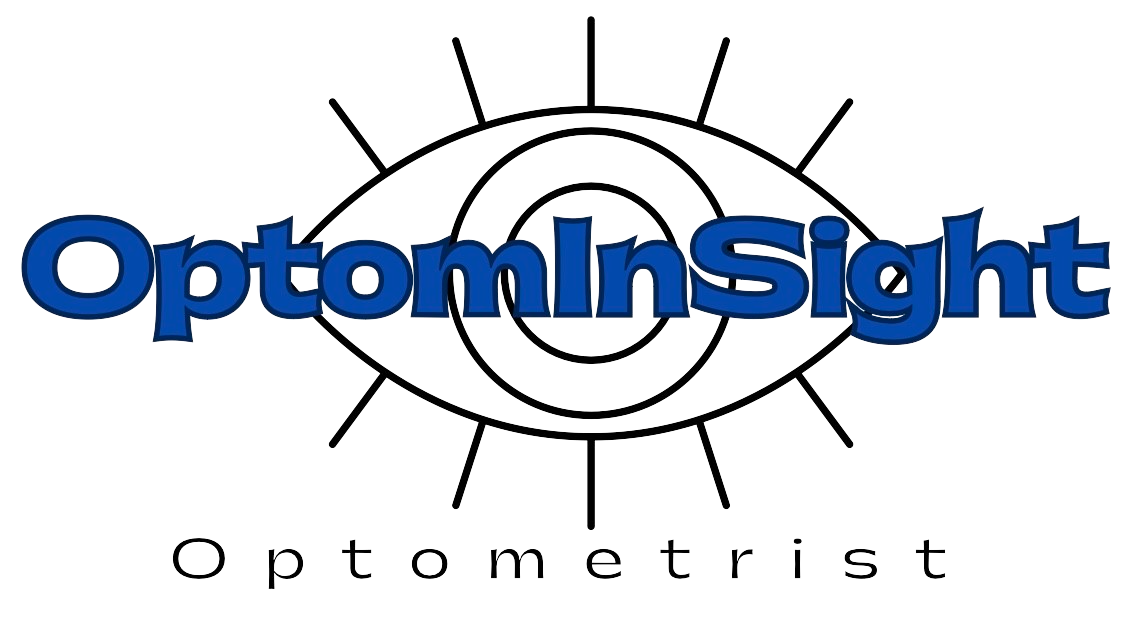This differs from the vertical prism dissociation method, instead of using prisms in both eyes, eyes are dissociated using occlusion. A paddle occlude is used for occlusion of the eye (occluder which is used in the cover test) which allows to shift occlusion from one eye to another easily and rapidly.
Procedure of alternate occlusion method
- The patient is asked to close his or her both eyes.
- Fogging lenses of equal power are placed in front of both eyes (more commonly used are +0.75 or +1.00 DS)
- Target which has letters arranged in vertical lines is used with visual acuity score of 6/12.
- One eye of the patient is occluded using a paddle occluder. The subject is asked about the clarity of the line. The correct response should be line is blurred but he or she can read it. If they say it is clear add additional +0.25 DS in front of both eyes till the line just blurs but still able to read.
- The patient is informed about alternate occlusion of the eye and the patient must report which eye seeing is clearer compared to another eye.
- Then alternate occlusion is performed (by switching occlusion from one eye to another). Give the number to occlusion e.g., if the left eye is occluded and the patient is seeing through the right eye. Say loud this choice 1 and similarly when the right eye is occluded, name it choice 2. Repeat this multiple times before the patient makes his or her decision.
- If the patient says choice 1 is clear compared to others add +0.25 DS in front of the patient’s right eye. This is repeated till the patient says both choices are equally clear for him or her. Or if the patient says choice 2 is clear compared to others add +0.25 DS in front of the patient’s left eye. This is repeated till the patient says both choices are equally clear for him or her.
- Often patients fail to report equal clarity. E.g., if the patient report choice 1 is clear and you added +0.25 DS in front of the right eye and the subject is again asked about clarity but response choice 2 is clearer. At this point, it becomes very confusing whether to choose 1 or 2. To overcome this both combinations are again shown to the patient and the patient is asked to report the least difference between the two lines. The least difference or closest match combination is selected. An alternative approach is giving good clarity to the dominant eye.
- Once the patient’s acuity is balanced and the patient is defogged binocularly by removing plus power in 0.25 steps or by adding minus power in 0.25 steps until maximum best visual acuity is achieved.
The advantage of the Alternate occlusion method is, not many lenses and prisms are required at a time like the prism dissociation method.
The disadvantage of the Alternate occlusion method is some patients find it difficult to compare the clarity of two eyes as images are not shown simultaneously.
Lecturer (Nethradhama School of Optometry)
Moptom
